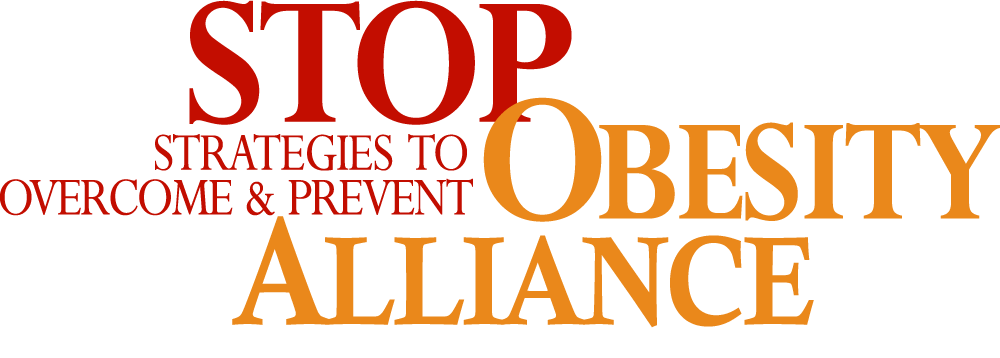September is National Childhood Obesity Month. Childhood obesity continues to be a growing problem. About 1 in 5 children in the United States has obesity, and the prevalence among U.S. children aged 2 to 19 years old had risen to 18.5% in 2015-2016.
This year, our recognition of National Childhood Obesity Month – as with most other aspects of our lives – has taken on a new significance. With immense social and economic implications across the world, SARS-CoV-2 has already infected over 28 million people globally. This pandemic is affecting children in numerous harmful ways, including poverty and lack of access to education and healthcare.
One impact of COVID-19 on children that has received less attention is the effect of the virus itself. The focus on the effects of the pandemic has been on the elderly and for good reason: patients over the age of 85 with COVID-19 are 630 times more likely to die than patients in their twenties. Children are less likely to experience hospitalization or death as a result of COVID-19, but still make up nearly 10% of COVID-19 cases in the U.S. Some data suggests that this number may be rising as schools reopen and children are exposed to the virus en masse.
Although children with COVID-19 are less likely than adults to be hospitalized, they are still at risk for severe illness, especially if they have preexisting conditions like obesity, diabetes, or asthma. Like adults, obesity puts children with COVID-19 at risk for severe illness or hospitalization. One study found that obesity was the most commonly occurring underlying medical condition in children hospitalized for COVID-19. Significant disparities exist between racial and ethnic groups: Black and Hispanic children had higher rates of hospitalization than white children. These groups are also disproportionately affected by obesity; in 2015-2016, 22% of Black children and 26% of Hispanic children had obesity, compared to 14% of white children.
In adults, the links between obesity and severe COVID-19 outcomes include inflammation, hypoventilation syndrome, and obesity-related comorbidities. Many of the same mechanisms may be at play in the pediatric population. Chronic inflammation, a weakened immune system, and comorbidities, such as insulin resistance and hypertension, have been suggested mechanisms affecting the course of COVID-19 illness in children with obesity.
For a small number of children with obesity infected with COVID-19, severe outcomes like multisystem inflammatory syndrome are a risk. However, many children with or without obesity who do not become infected are still at risk of adverse consequences from the pandemic. For example, children with obesity may spend more time in front of screens or consume less healthful foods during lockdown. Other studies suggest that children who do not currently have obesity may be at greater risk of obesity due to school closures, increased intake of ultra-processed foods, and decreased opportunities for physical activity. Projections suggest that childhood obesity rates could increase as much as 2.4% by 2021.
These findings emphasize the need for aggressively treating and preventing pediatric obesity, particularly in the era of COVID-19. Under the conditions of the lockdown, the challenges of providing healthful foods and opportunities for physical activity have become even more challenging.


